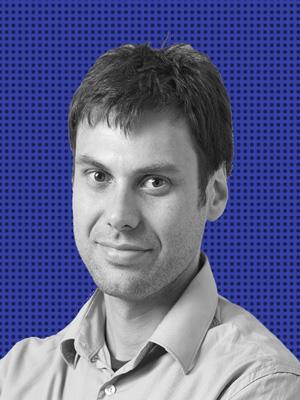What are your main research themes?
I work in computer vision – a research field that combines applied mathematics, machine learning, computer graphics and cognitive science. The goal is to automatically understand visual information, for example identify objects or human actions depicted in the recorded video stream. Human brain interprets visual information effortlessly, but achieving the same level of visual competence in a machine is still very hard.
Can you explain your LEAP project, awarded by the ERC?
The goal of this project is to exploit our “collective visual memory” – the extraordinary amount of visual data available to us (Internet videos, public archives, surveillance and personal cameras, etc.) – to analyze long-term changes of specific objects or patterns. To do this, you must first be able to identify these objects or patterns in pictures from various media under different imaging conditions such as camera angle, resolution, illumination, etc. and then characterize their changes over time (for instance the transformations of a particular place or a building).
These identified, and eventually quantified, trends can in turn feed models able to "foresee" future events in dynamic scenes. For example, if you analyze large amounts of recordings of crowded scenes, and identify events that may lead to panic or stampede, you may then develop systems for early crowd disaster warning and prevention. Or else imagine a car able to anticipate the behavior of pedestrians in the streets...
What will you do with this grant?
For me, it is mainly an opportunity to form a small team of people and investigate in depth this interesting topic. Inria provides an excellent environment, and I will stay in Willow, at least for the next few years, but perhaps form a small "sub-team". The long-term options are still open. The work will begin on the first of January 2014. Over the five years, the project will fund three PhD student and a post-doc. The goal of this particular project is not to produce commercial software but to develop the technology.
* LEAP LEarning from our collective visual memory to Analyze its trends and Predict future events
Short biography
Josef Sivic received a M.Sc. degree in Electrical Engineering from the Czech Technical University (Prague) in 2002 and a PhD in Engineering Science from the University of Oxford in 2006. He then spent six months as a post-doctoral associate in the Computer Science and Artificial Intelligence Laboratory of the Massachusetts Institute of Technology, and was recruited as a permanent researcher by Inria (Paris) in 2008.
He is currently a member of Willow, a team led by Jean Ponce and working on automatic interpretation of visual information.
